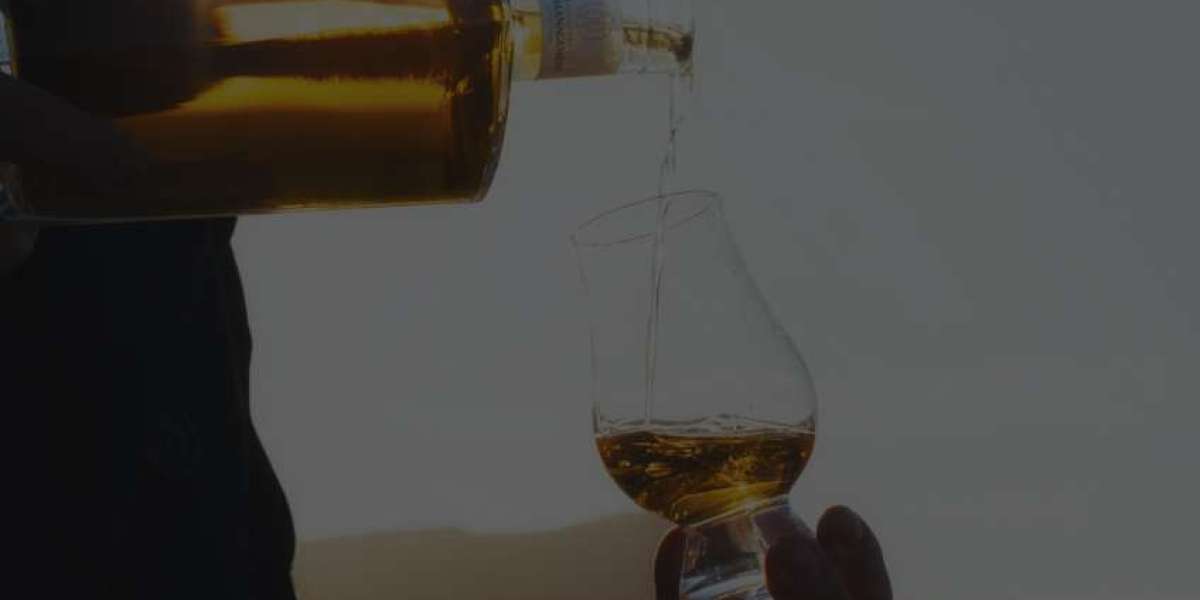A whisky cask begins life in a fittingly crowded distillery yard, then travels through stages that blend craft with commerce. Understanding the path—from maturation to market—helps readers decide whether a cask investment aligns with their goals. This guide maps the journey, flags common pitfalls, and gives practical steps for new buyers.
1) The first spark: distillery selection and cask type
Before a single drop is bottled, the story starts with the distillery and the cask itself. The choice of cask—whether American oak, European oak, or a sherry-seasoned variant—shapes flavour, aroma, and maturity trajectory. Investors typically consider two factors: expected peak drinking window and resale appeal.
At the distillery level, production quality matters more than a flashy label. A steady climate, consistent stillage, and attentive cooperage yield fewer surprises years later. For buyers, it helps to note:
- The cask’s provenance: how it was seasoned, stored, and handled in its early life.
- Wood type and toast level: these influence tannins, sweetness, and spice.
- Initial fill strength and spirit character: a robust base often appreciates with time.
2) Maturation: the heart of value accrual
Maturation is not a single moment but a long, evolving relationship between spirit, wood, and time. During this period, flavours mellow, tannins soften, and colours deepen. The governing idea for investors is balance: a cask should reach a desirable profile without losing its essential character.
Long-term whisky cask investments continue to attract global attention. They combine financial potential with the allure of owning something deeply rooted in Scottish heritage.
Environmental variables matter too. Temperature, humidity, and air exchange all influence how quickly oak tannins migrate into the whisky. In a practical sense, this means two things: patience is a virtue, and location within the warehouse can matter as much as the cask itself. A few micro-steps—rotation, humidity checks, and occasional sampling—can make a measurable difference over a decade.
3) Ownership and governance: who controls the cask?
Ownership models vary. Some buyers purchase outright barrels and take delivery, while others join a shared-ownership scheme or participate through a managed fund. Each model has trade-offs:
- Outright ownership offers control over bottling decisions and timelines but requires more capital and storage logistics.
- Shared ownership lowers entry costs but introduces governance considerations and potential bottlenecks.
- Managed funds provide diversification and professional handling, yet limit personal influence over the final product.
In all cases, a clear agreement on bottling, labeling, release pricing, and provenance is essential. A simple clause on buyer rights after bottling can prevent later disputes.
4) From cask to bottle: bottling, branding, and sale
When maturity aligns with market demand, the cask becomes a bottling proposition. Bottling choices—single malt, finish, or blended releases—affect both consumer appeal and resale value. For investors, the key is predictable branding that communicates quality without over-hyping the product.
Two common routes exist to unlock value:
- Private bottlings: a limited release tied to the cask that preserves exclusivity and often commands premium pricing.
- Commercial partnerships: partnering with a producer for a broader release, which can improve distribution but dilute singular cask prestige.
Regardless of route, documentation matters. A complete packet includes the original cask number, fill date, warehouse location, proof of legality, and a transparent chain of custody.
5) Market dynamics: what moves the price of a whisky cask?
Prices advance when several factors align: distinctive profile, limited supply, and credible provenance. Buyers should watch for:
- Provenance: a well-documented origin makes a bottle or cask more credible to buyers later on.
- Rarity and demand cycles: limited-edition releases often fetch higher prices after a few years.
- External factors: macroeconomic conditions and currency movements can influence international buyers’ willingness to pay.
Two practical considerations help readers assess risk and opportunity. First, compare expected returns against straightforward stock-market proxies. Second, estimate holding costs—insurance, storage, and duty—so the net upside isn’t overstated.
6) Case study framework: building a hypothetical journey
To illustrate the journey, consider a hypothetical cask that begins its life in a mid-sized Scottish distillery. It’s a European oak quarter cask, filled at 63.5% ABV, with a five-year maturation plan before potential bottling for a niche market. This is a simplified model, but it captures the logic buyers use to weigh options.
The journey unfolds in stages: acquisition, maturation, governance decisions, bottling, and sale. Each stage has checkpoints—proof of ownership, warehouse custody receipts, and a plan for marketing and distribution. A well-documented path reduces friction when the time comes to convert the cask into liquid assets.
7) Practical steps for new investors
Newcomers benefit from a structured approach. Here are steps that keep the process grounded and transparent.
Before diving in, establish a plan with clear goals and risk limits. Then, build a checklist that travels with you from distillery to investor responsibilities.
- Define your investment horizon and target yield.
- Inspect the cask’s documentation: origin, wood type, fill date, and current condition.
- Assess storage and insurance costs; demand a competitive quote for long-term warehousing.
- Discuss bottling options and branding strategies with the seller.
- Set a governance framework for decision rights in shared ownership settings.
8) Two concise tables to ground the concept
First, a quick layout of common costs and potential income streams helps visualise the economics. The table below keeps numbers plausible and rounded.
| Item | Typical Range (GBP) | Notes |
|---|---|---|
| Initial cask purchase | 1,000–5,000 | Depends on size, wood, and provenance |
| Storage and insurance (annually) | 100–400 | Scale with value and location |
| Bottling and packaging | 300–2,000 | Factory or private bottling options |
| Market sale price (estimate) | 2,000–10,000+ | Depends on profile and demand |
Second, here’s a simple comparison table showing ownership paths and pros/cons.
| Model | Pros | Cons |
|---|---|---|
| Outright ownership | Full control; direct bottling decisions | Higher capital, more admin |
| Shared ownership | Lower entry cost; diversification | Governance complexities |
| Managed fund | Professional handling; liquidity options | Less personal influence on product |
9) Red flags and practical cautions
Investment in a whisky cask remains speculative. Watch for overbuilt narratives or opaque provenance. Red flags include vague origin stories, missing warehouse receipts, or unclear bottling milestones. A solid deal will include a clear timeline, a transparent fee schedule, and accessible contact for governance questions.
In the UK market, taxes and duties affect net returns. VAT treatment and excise duty rules can change the final cashflow, so cutter-level detail on legal structure matters. It’s prudent to run scenarios with a tax advisor familiar with spirits investments.
10) The human side: questions for sellers and brokers
When you’re talking to a seller or broker, a few targeted questions keep conversations productive. They help you compare apples with apples and avoid vague promises.
- Can you provide a full provenance packet, including fill date and original cask details?
- Who manages the cask during maturation, and where is it stored?
- What are the exact bottling options, minimum order, and lead times?
- What is the governance structure for any shared ownership or funds?
- What are the total estimated costs to exit the investment, including taxes?
Conclusion: a measured, informed approach
From distillery origins to investor ownership, the whisky cask journey is a blend of craft and commerce. By understanding maturation dynamics, governance options, and the true costs of ownership, readers can approach this niche with clarity. The upside rests on solid provenance, disciplined storage, and a realistic view of market cycles.



